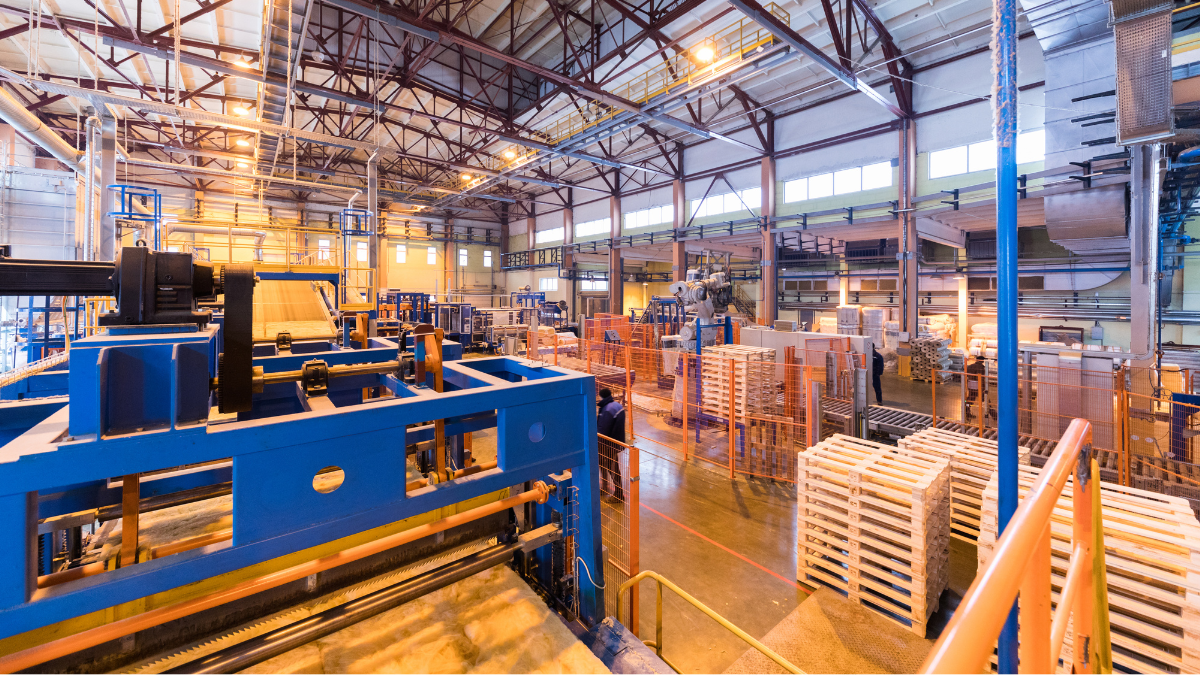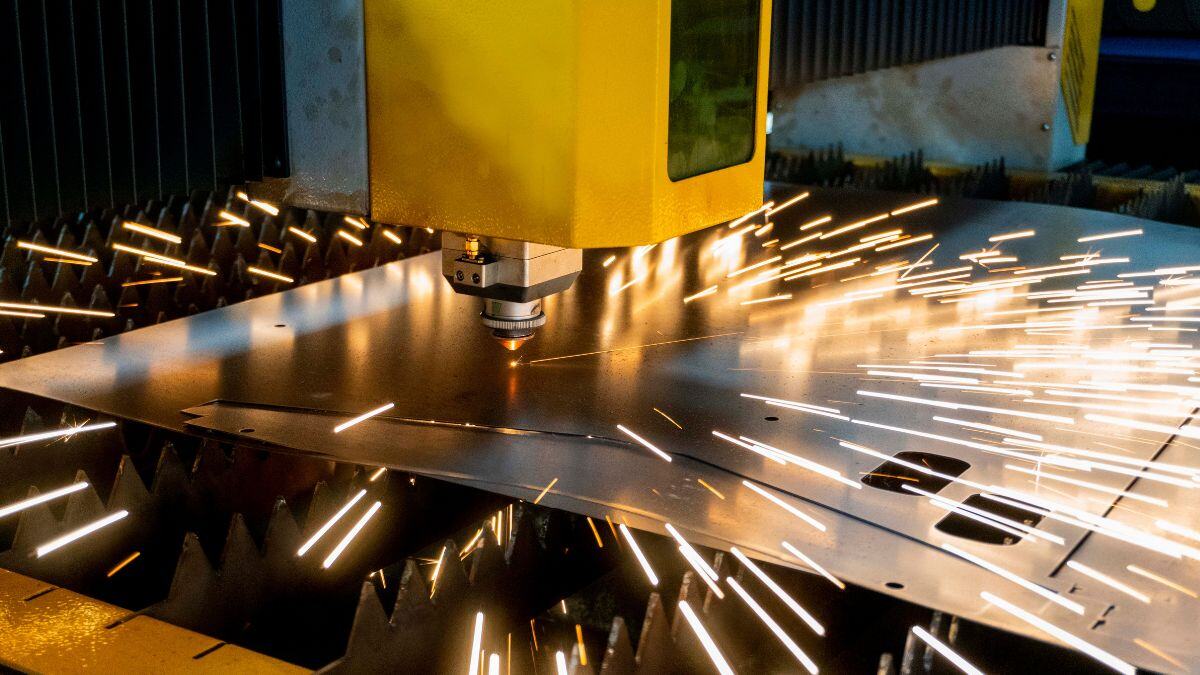The Future of Variation Management in a Digital Manufacturing Era
Key Takeaways
- Advanced, digital variation management tools with CAD-integrated analysis and statistical simulations are rapidly replacing manual methods.
- Model-Based Definition (MBD) and digital workflows enhance collaboration across engineering, manufacturing, quality, and suppliers by providing a shared source of truth.
- Modernizing your variation management strategy accelerates innovation by enabling faster product launches with fewer quality issues.
Variation management plays a critical role in ensuring product quality, performance and manufacturability. Traditional variation management relies heavily on manual drawings, spreadsheets, and basic CAD annotations. This manual, outdated approach is time-consuming, error-prone, and disconnected from real-time production data.
As Industry 4.0, smart factories, and connected systems shape the new digital manufacturing era, variation management is also evolving. To stay competitive, companies are turning to data-driven, model-based approaches.
Why Variation Management Matters More Than Ever
Products are more complex, and customer expectations for quality are higher than ever. High standards and expectations leave little room for error. Even small variations in part geometry can lead to costly increases in scrap, rework, downtime, and warranty claims.
But responding with increased precision comes with its own costly demands. Tighter tolerances often require more advanced manufacturing processes, more complex inspections, and higher production costs. Without effective variation management, manufacturers risk overspending to achieve quality goals.
Emerging Technologies Shaping the Future
To keep pace with increasing demands and enable smarter collaboration, manufacturers are turning to new technologies and ways of managing variation across the product lifecycle. These innovations enable proactive decision-making, reduce risk, and align design, manufacturing, and quality teams from the start.
Model-Based Definition (MBD)
Model-Based Definition (MBD) replaces traditional 2D drawings with comprehensive 3D models that include embedded ISO GPS or ASME Y14.5 GD&T notations. This approach provides a single source of truth for all stakeholders and ensures that design intent flows clearly from concept to production.
Simulation-Driven Design
Like MBD, simulation-driven design involves integrating critical design information earlier in the development process. With tools like CETOL 6σ, EZtol, and similar software platforms, manufacturers can accurately simulate how dimensional variation will impact assembly and performance. A simulation-driven approach reduces expenses related to physical prototyping and helps engineers balance cost, function, and manufacturability.
Digital Twins
Digital twins combine CAD models with live sensor data from physical products to monitor real-time performance and dimensional variation. By comparing as-built data to the digital model, teams can continuously refine tolerances, even after production begins.
AI & Machine Learning
AI algorithms analyze historical production and quality data to uncover patterns in dimensional variation. These predictive insights help teams identify potential risk factors and address variation trends before they escalate into costly problems.
Augmented Reality & Digital Work Instructions
AR overlays and smart work instructions provide technicians and inspectors with real-time guidance on tolerance-critical features. These tools can highlight inspection points or assembly steps directly in the physical workspace, reducing errors and enhancing consistency across operators.
How Tolerance Engineering is Evolving
Manufacturers are phasing out traditional spreadsheet-based stack-up calculations in favor of CAD-integrated tolerance analysis tools that are faster, more accurate, and easier to update. Engineers are also leveraging 3D statistical simulations, such as to account for real-world variability, making them more accurate than worst-case analysis.
Teams are also streamlining collaboration by sharing tolerance data across engineering, metrology, and supplier networks. Removing silos means everyone can work from the same up-to-date information.
And thanks to connected systems and digital manufacturing technologies, teams can make decisions based on live production data and update designs based on actual production performance. Access to real-time data helps close the gap between digital models and physical outcomes.
Industry Use Cases: Where Change Is Already Happening
Far from being purely theoretical, these tolerance engineering technologies are already delivering measurable results across various industries:
Aerospace
Manufacturers use digital twins to track variation in real time during aircraft production and assembly. This allows them to detect and address tolerance issues before they become larger problems. Detecting and dealing with tolerance early issues improves safety and reduces rework in one of the most tightly regulated sectors.
Automotive
Companies are integrating simulation-driven tolerance analysis early in the EV development cycle. By validating stack-ups during initial design phases, teams avoid costly tooling changes later. Ultimately, this helps companies bring products to market faster in a highly competitive space.
Medical Devices
Modern medical device manufacturers deploy AI to predict quality risks associated with dimensional variation. These predictive models help ensure compliance with FDA standards while reducing the expense post-production inspections and redesigns.
Consumer Electronics
Companies are using MBD to align globally distributed teams. With GD&T embedded in 3D models, suppliers and designers stay in sync, and manufacturers can accelerate production without compromising quality.
Challenges to Watch For
Despite the clear advantages of digital variation management, implementation comes with its own set of challenges. Data silos remain a major obstacle in many organizations. When variation data lives in separate systems, teams struggle to maintain consistency across design, manufacturing, and inspection. Misaligned data can lead to avoidable errors, delays, and quality issues.
The talent gap is another concern. Many engineers and quality professionals learned traditional variation management using 2D drawings and spreadsheets. Adopting modern GD&T tools and model-based workflows can have a learning curve. Resistance to change is also common. Legacy approaches often seem “good enough,” and the process of adopting new tools and processes can be intimidating.
Finally, managing hybrid GD&T standards is complex. Global operations often juggle both ASME Y14.5 and ISO GPS, which can create confusion if not handled carefully.
5 Best Practices for Embracing the Digital Shift
Invest in Training
Build a strong foundation by investing in GD&T and tolerance analysis training for engineers, designers, and quality teams. Focus on tools that integrate directly with CAD platforms and emphasize real-world application. This ensures your team can apply digital practices with confidence and accuracy.
Adopt Model-Based Definition (MBD)
Transition from traditional 2D drawings to MBD workflows that embed GD&T directly in 3D CAD models. This standardizes product definitions across all teams, reducing miscommunication and accelerating development cycles.
Choose the Right Software Stack
Select software platforms that integrate seamlessly with your existing CAD and PLM environments. Look for platforms that support CAD-integrated tolerance analysis, statistical simulations, and version-controlled model data.
Build Cross-Functional Workflows
Create cross-functional workflows that include design, manufacturing, quality, and suppliers. Shared tools and common datasets reduce handoff errors and foster better collaboration.
Start with a Pilot Program
Begin by implementing model-based tolerance management on a small project. Use this as a proving ground to validate workflows, train users, and identify pain points before scaling.
Driving Innovation Through Digital Variation Management
Digital manufacturing is fundamentally changing how teams manage variation across the product lifecycle. By shifting from outdated spreadsheets and disconnected processes to a model-based, CAD-integrated approach, manufacturers gain greater control, speed, and consistency.
Ready to modernize your variation management process? Explore how Sigmetrix’s integrated software, training, and consulting solutions can help your team stay ahead of the curve.




